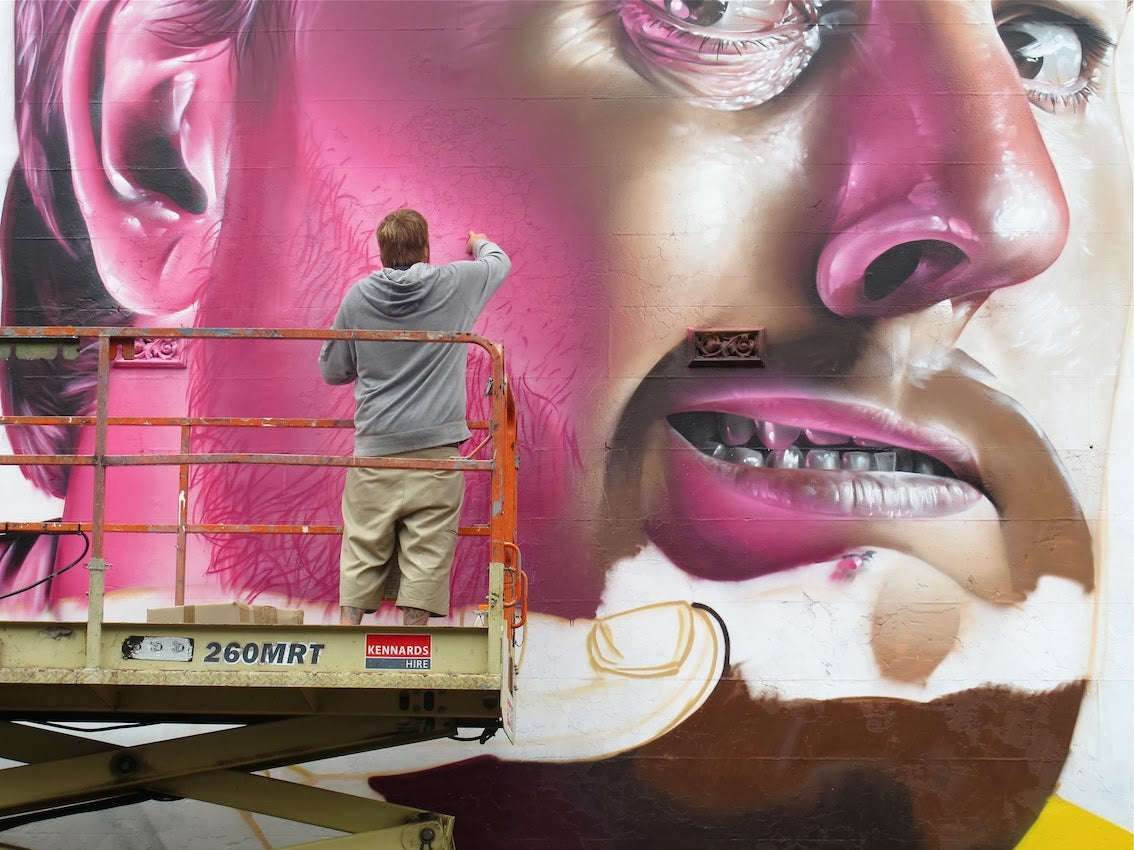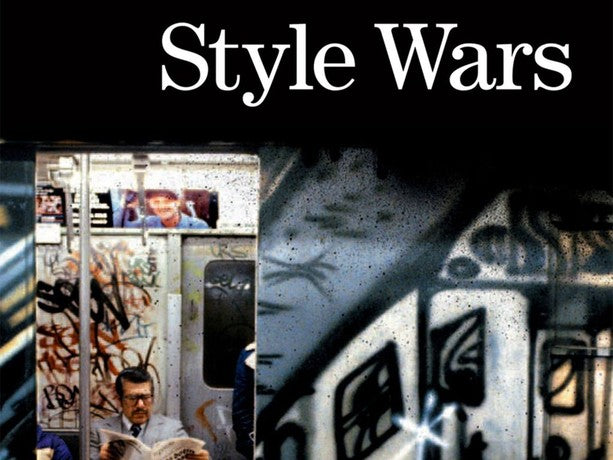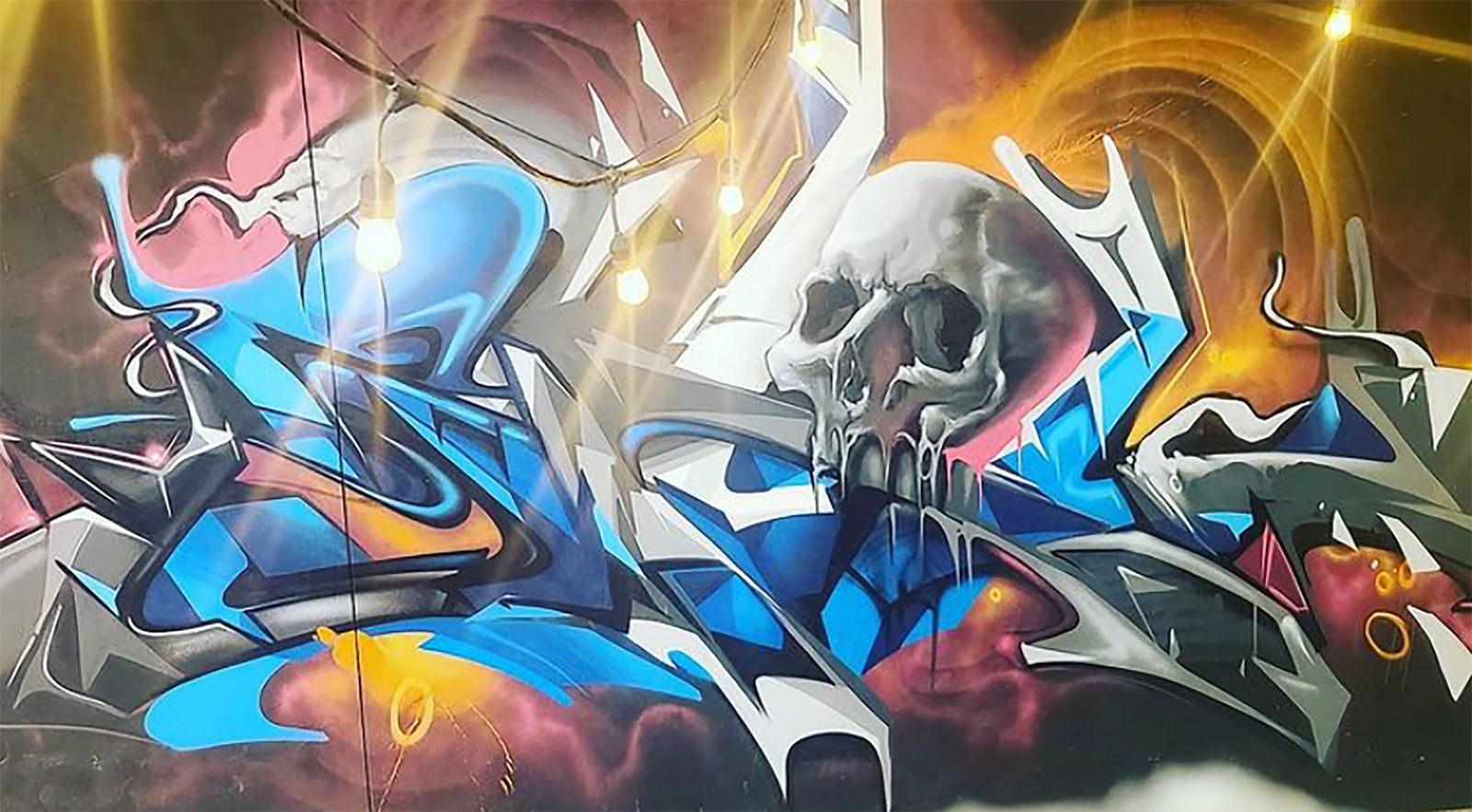What does realism mean in the world of street art?
When you hear the word “realism” what do you think? For most people, people who aren’t art aficionados or art historians, realism as a term has little to no meaning. Realism to most is an abstract art and cultural movement about which few if any specifics are known. Because street art by its nature makes art more accessible and appealing to the masses, how does realism fit in? To be fair a portion of graffiti artists have dabbled in realism. However today there is an entire segment of graffiti and street artists integrating realism into their work – one of those leaders being SMUG aka Sam Bates.

Who is SMUG aka Sam Bates?
To understand SMUG and his work in street art, it is first important to understand how he (Sam Bates) became the artist we know as SMUG ONE. Born in a small town in a few hours outside of Sydney Australia, Sam Bates was always an artistic kid. From a young age, he loved to draw and paint, always seeming to have a pencil and sketch pad in his hand. Despite being unpretentious and modest, Sam gained attention from his classmates. They knew that young Bates was far more talented than the average kid his age, and that he had the potential to go far with his artistic abilities.

As a kid, Bates stuck mostly to his sketchpad, but even in his early days, Bates did dabble in some street art here and there. He started by running around town with his friends, plastering his drawings all around the small Aussie community. Even though Bates always had the urge to share his art, it t wasn’t until he finished high school that he actually put down his pencil and picked up his first can of spray paint, moving his canvas from the page to the wall. This transition, however, did not mean that the young 18-year-old Bates immediately launched into his career as SMUG ONE, the artist we all know him as today. No, Bates’s start was much humbler. In the beginning, armed with a few cans of spray paint and a slightly rebellious spirit, Bates ran around with his friends listening to hip-hop and graffiting blank walls and street posts, signing each of his creations to mark them as his own. While not the most productive use of his talent, Bates did come away from this experience with one important outcome. That is, the name we know him by today: SMUG aka SMUG ONE aka SMUG 1.

From these first (less than exemplary) attempts at graffiti art, Bates was hooked. He loved the new canvases street art availed to him. He loved the creative and collaborative spirit of public art. He loved to create and then share his creations. Bates’s creative spirit was nourished by street art, and he knew he needed to keep feeding this incredible beast inside of him. So Bates kept practicing, and as time went on, his art became more intricate, and the beginnings of the realist style we see today began to take shape.

SMUG ONE Contemporary Graffiti, Mural and Gallery Works
When the average person considers street art, most often, images of graffiti scribbling’s and reckless kids running around with spray paint come to mind. But, as we know and hopefully you are coming to learn, just because a piece of art is on the side of a building or on the walls of a subway tunnel doesn’t mean that the piece lacks artistic merit. Some of the greatest art of our generation sits outside for all to see, rather than stuffed in some expensive gallery. The street art of Sam Bates s a prime example this art, and the new places and spaces it is taking up.

Inspired by the realist art movement of the mid 19th century, Bates uses photographs as the basis of his creations. He takes these pictures and recreates them with incredible accuracy, using only paints, huge amounts of time, and some pretty extraordinary talent. The results are anything but the scribbling’s of a rebellious teen. Bates’s photo-like works are well known throughout the street art community, and it is no wonder. He creates pieces unlike anyone else, availing the streets of the UK with murals that are so life like, people often question whether they are giant plastered photographs rather than hand-painted murals.

While SMUG draws painterly inspiration from the 19th century, his subject matter is anything but old-fashioned. Bates uses bright colors and somewhat surrealist elements to make his pieces cutting edge, and to push the boundaries of what we define as “real” and “normal.” Whether it be a giant pink fish, appearing to bulge out of the building’s façade or a massive skeleton with a small bird perched on its shoulder, Bates is far from antiquated in his themes and content. For a more in-depth understanding of SMUG’s style, take a look at some of his new works.

The Next Evolution of SMUG’s Art?
As SMUG’s fame continues to mount, and his works increasingly appear upon buildings around the world, SMUG is gaining more traction and clout in the art world. Recently, in Glasgow Scotland a large mural featuring a bearded man with several birds keeping him company appeared on the side of a building. Prior to that, an entirely purple piece picturing a young girl holding a microscope popped up on another large building. These and other works have not gone unnoticed. Art critics and community members alike are continually impressed by SMUG’s talent and proficiency, and consumer demand for his work is fast growing. But, sticking with the canons of street art, SMUG lacks little professional presence and maintains an air of mystery. He cannot and will not be pinned down. To commission this young talent for a museum or gallery show is all but impossible right now. Whether we will see the young artist’s work on the walls of the MOMA any time soon seems unlikely, but until then, you can find his art outside for all to see.







Leave a comment (all fields required)